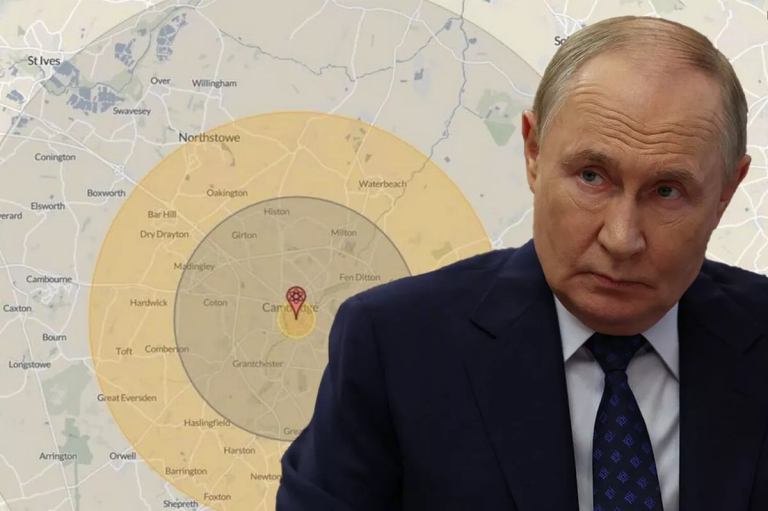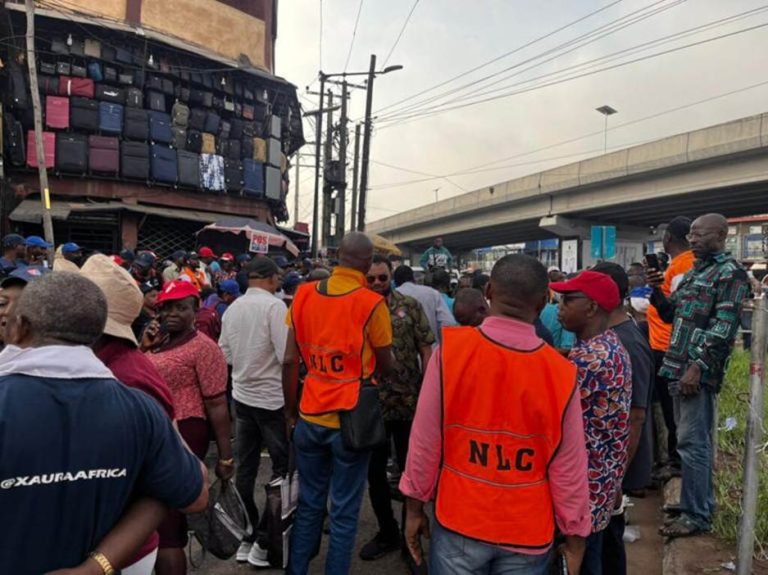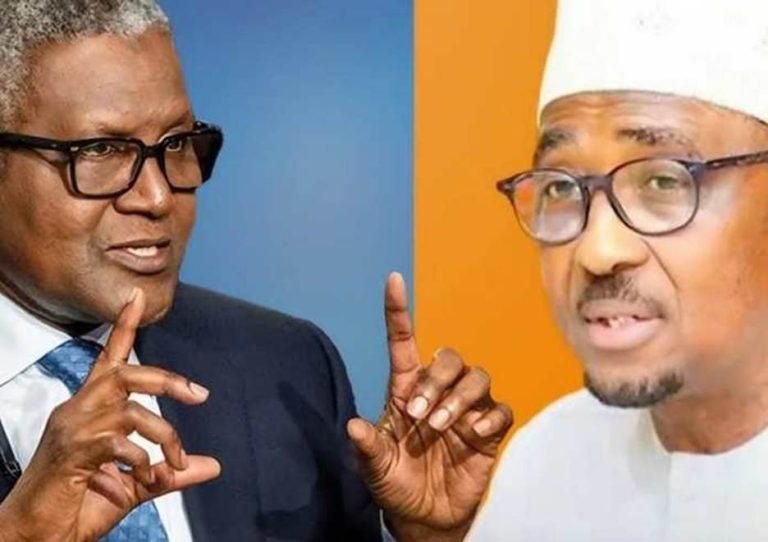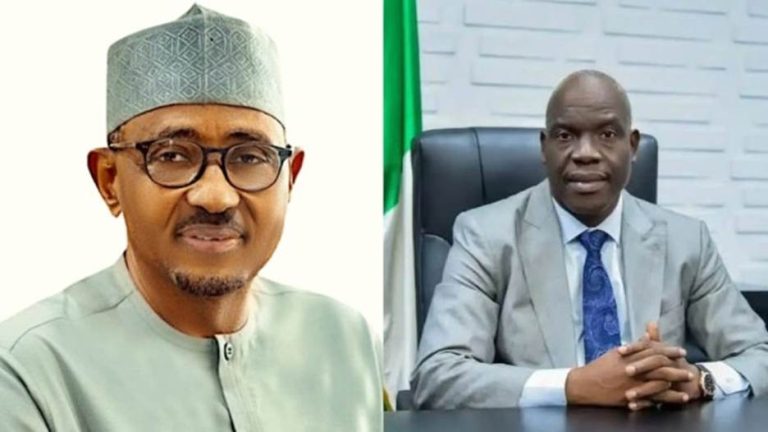The aftermath inside the palace was horrific — brain tissue, blood, broken glass, and bullet casings scattered across the floor

A picture taken 25 November 2000 shows the late King Dipendra (R) with his parents late king Birendra (L) and late queen Aishwarya at an event in Kathmandu. (AFP file photo)
As Nepal faces a new wave of political turmoil led by Gen-Z protesters, one of the darkest and most shocking events in the country’s modern history is back in the national spotlight — the 2001 Nepal royal massacre, in which Crown Prince Dipendra gunned down nearly his entire family, including his own parents, the king and queen.
The Gen-Z-led protests, which led to the resignation of Prime Minister KP Sharma Oli, have reignited debate around the monarchy, officially abolished in 2008.
A Night Of Horror At Narayanhiti Palace
On that Friday night of 1 June 2001, the royal family had gathered for their traditional weekly dinner at Narayanhiti Palace in Kathmandu. The gathering included King Birendra, Queen Aishwarya, their children Dipendra, Princess Shruti, and Prince Nirajan, along with other relatives.
According to eyewitness accounts and a government commission report, Dipendra, 29 at the time, was visibly intoxicated, reportedly drinking Famous Grouse whisky and smoking cigarettes laced with hashish. He was later escorted to his room by his brother and a bodyguard.
From his room, Dipendra is said to have allegedly called his girlfriend, Devyani Rana, multiple times. Concerned by his slurred speech, Devyani asked a bodyguard to check on him.
But moments later, Dipendra reappeared — this time in full army combat uniform, wearing black boots and leather gloves, and armed with multiple weapons, including an M16 assault rifle, a submachine gun, and a Glock pistol. He entered the room where his family was seated and without a word, opened fire. His first victim was King Birendra.
The king, shot but still conscious, reportedly looked at his son and asked, “Kay gardeko?” — “What have you done?”
Dipendra then shot his mother, Queen Aishwarya, followed by his brother Nirajan, sister Shruti, and several other royal family members, including his uncle Prince Dhirendra, and cousins. Nine people were killed in total.
The official report said the aftermath inside the palace was horrific — brain tissue, blood, broken glass, and bullet casings scattered across the floor.
After The Bloodshed
Dipendra was found outside in the palace garden, near a pond, with a self-inflicted bullet wound to the head. He was still alive, reportedly “lying on his back and gurgling”, and was rushed to hospital.
In a surreal twist, while in a coma, Dipendra was declared King of Nepal, as per constitutional succession rules. He died three days later, on 4 June 2001.
His uncle Gyanendra, who had not been present at the dinner, was next in line and was crowned king. He remained on the throne until 2008, when public pressure and political changes forced the end of Nepal’s 239-year-old monarchy.
The Motive — A Love Denied?
Despite the shocking nature of the killings, the official report offered no clear motive. But one widely accepted theory ties the massacre to Dipendra’s relationship with Devyani Rana.
Devyani, the daughter of Nepalese politician Pashupati Shamsher Jang Bahadur Rana and Usha Raje Scindia of the Gwalior royal family in India, was reportedly in a serious relationship with Dipendra. The match, however, was strongly opposed by Queen Aishwarya and others in the royal family.
There was also reported hesitation from Devyani’s side. Her family, considered wealthier and more powerful than the Nepalese royals, allegedly warned her that marrying Dipendra would mean downgrading her lifestyle.
Rejected and frustrated, Dipendra may have spiralled further, leading to the mass killing. However, no conclusive evidence has ever explained his exact state of mind or final trigger.
A Nation In Crisis Again
Today, nearly 25 years later, Nepal is again at a political crossroads. The youth-led Gen-Z protests have brought down the Oli government, accusing it of corruption, repression, and disconnect from common people.
In this moment of reckoning, some pro-monarchy voices are once again rising — seeking stability in tradition. Earlier this year, Oli had accused former King Gyanendra of inciting violence at a pro-monarchy rally. Gyanendra responded by calling for peace and defending democratic values. (News 18)



